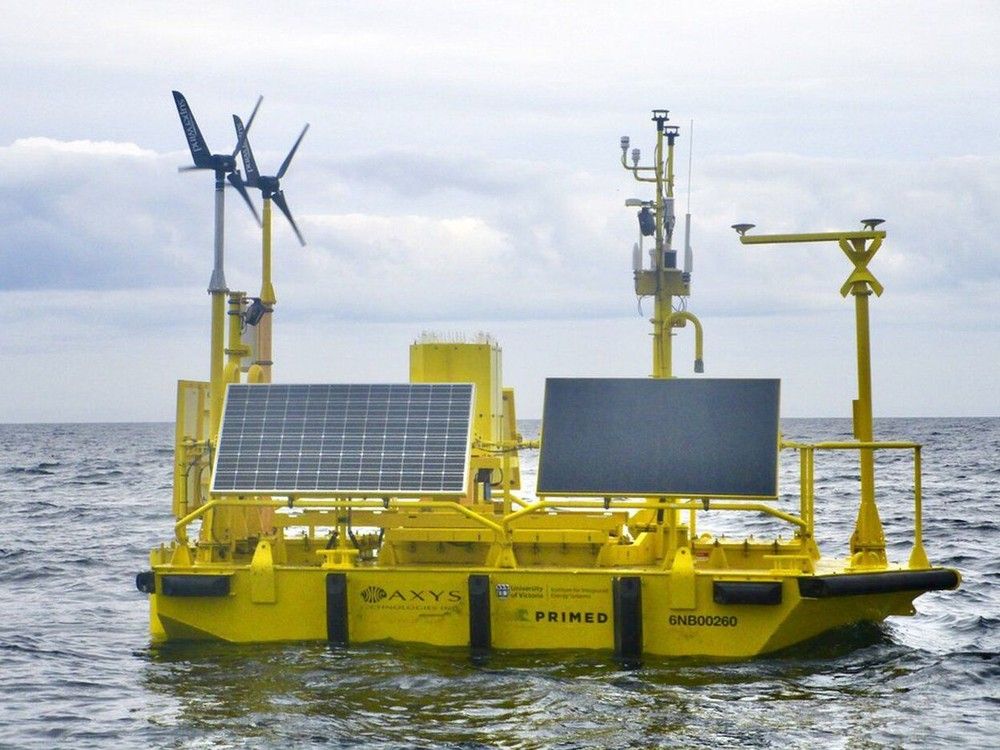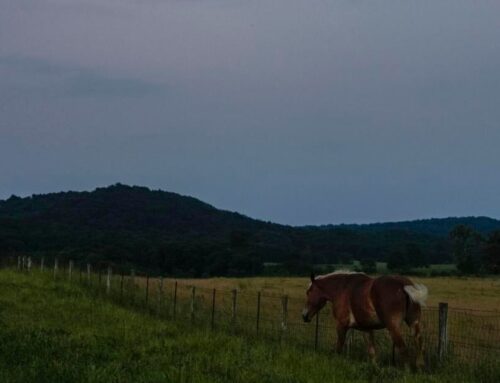Haida Gwaii buoy collects data for marine renewable energy research
October 28, 2024

Article content
A specialized yellow buoy bobs at anchor 10 kilometres off G̲adsguusd North Beach in Haida Gwaii to collect data on wind, waves, and currents until next September.
The Haida Nation has collaborated with the University of Victoria’s Pacific regional institute for marine energy discovery to collect information on the abundant renewable energy resources available around Haida Gwaii. These include marine resources such as wave, tidal, and offshore wind power, which could reduce the island’s heavy reliance on diesel-generated electricity.
Article content
Haida Gwaii comprises more than 200 small and large islands, 100 kilometres west of the north coast of mainland B.C. Due to its isolated location, it is cut off from the primary B.C. Hydro power grid.
The UVic institute says two diesel generation stations provide 60 per cent of the power to the islands’ nearly 5,000 residents. More than 8.7 million litres of diesel fuel are used annually at the two sites to produce electricity. The north grid, including Old Massett, Masset, Port Clements, Tlell, Skidegate, Daajing Giids, and Sandspit, depends entirely on diesel for power.
They found Haida Gwaii’s topography and geography make marine renewable energy abundantly available. Powerful tidal currents and winds provide predictability and consistency compared to onshore renewable sources.
The project aims to quantify these resources and identify feasible locations to harness sustainable energy. The collected data will be presented to the Council of the Haida Nation to help them make decisions about their energy systems.
“With support from the Council of the Haida Nation, we identified areas that avoid high cultural, socio-economic and environmental values while aligning with spatial management direction and long-term marine use objectives detailed in the Haida Gwaii Marine Plan,” said Riley Richardson, the UVic project manager.
Article content
Consultants will estimate the potential energy production, map the power grid, calculate diesel displacement, and estimate the cost of generating electricity.
Richardson says the project will not only conduct assessments, field work and modelling, but also research the theoretical impact of building these marine energy technologies around Haida Gwaii.
Richardson emphasizes that the UVic institutes goals are strictly research-based. The location of the buoy does not represent the actual site of an energy production project.
Radha Agarwal is a Local Journalism Initiative reporter with the Prince Rupert Northern View. The Local Journalism Initiative is funded by the Government of Canada.
Share this article in your social network
Search
RECENT PRESS RELEASES
Related Post


